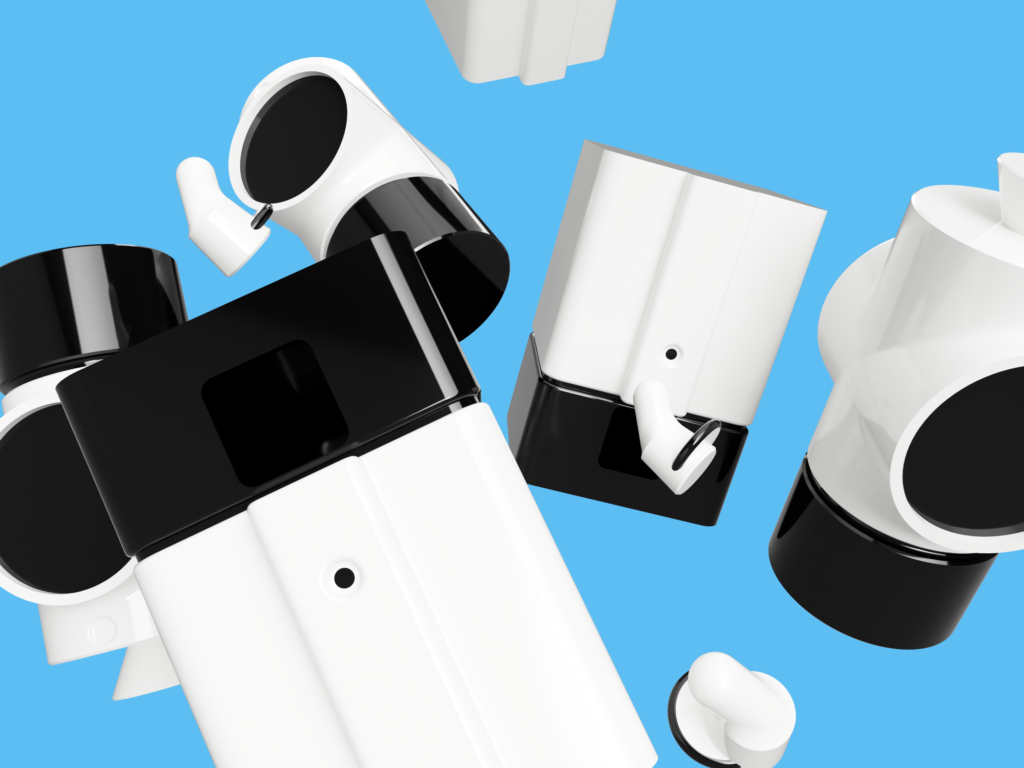Through the implementation of AI, products are becoming more intelligent. This makes it possible for a product to sense, adapt and act on their environment with intention, potentially in the most natural or human-like way. More than just physical objects, through their intelligence it can appear as if products are themselves abstract entities. Such ‘intelligence’ is part of the experience that can be designed. Consider a phenomenon such as cultural expression. Culture is a very complex subject and therefore needs to be prototyped, tested and reflected upon in the design process of these abstract intelligences. But how can designers go about this?
Programming AI can be a very difficult and long process and even more so, if it’s at a level that can express different kinds of culture. This project involved research aimed at prototyping with video and storytelling. In total six videos were created, reflecting three different cultural dimensions (Power distance, Masculinity/Femininity and Uncertainty Avoidance) in a high and low variant
The world of design leans heavily on the idea of ‘failing fast and often’, so prototyping techniques need to embrace that philosophy. However, programming AI can be a very difficult and long process and even more so, if it’s at a level that can express different kinds of culture. This project involved research aimed at prototyping with video and storytelling. In total six videos were created, reflecting three different cultural dimensions (Power distance, Masculinity/Femininity and Uncertainty Avoidance) in a high and low variant.
In these videos a scenario was played out to simulate users interacting with a voice-agent. These videos were then shown to 36 participants, from which a workflow and framework could be made to help designers create these kinds of videos in the development of intelligent agents.
As the process of making a video is relatively short, it is possible to quickly iterate on the design of the intelligent agents. As a highly communicative medium, videos are a very convenient way to communicate ideas to other team members or to gather opinions and feedback from the outside world. This way, designers can create cultural diversity in their hybrid products (both physical and abstract in identity) that fit their desired user group.





